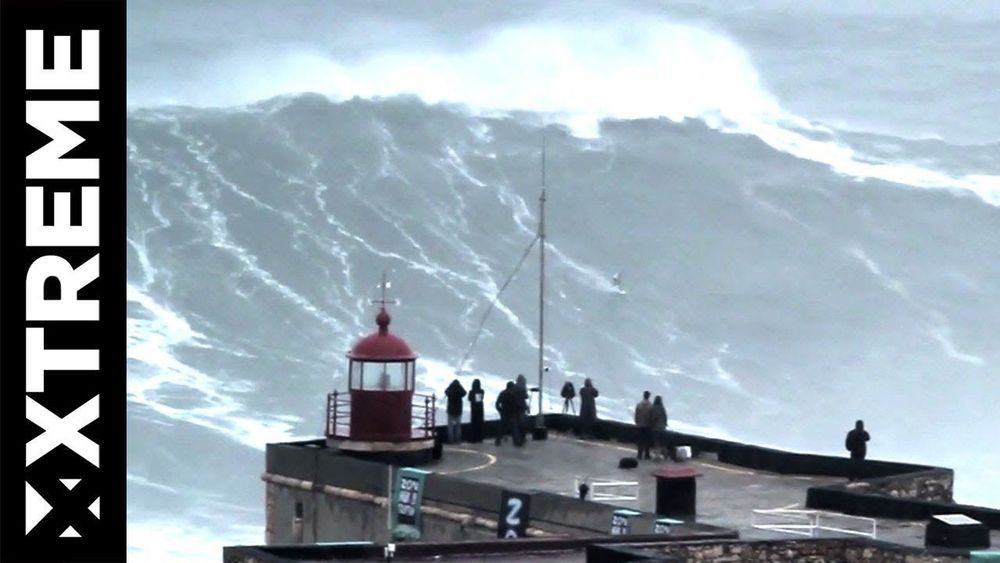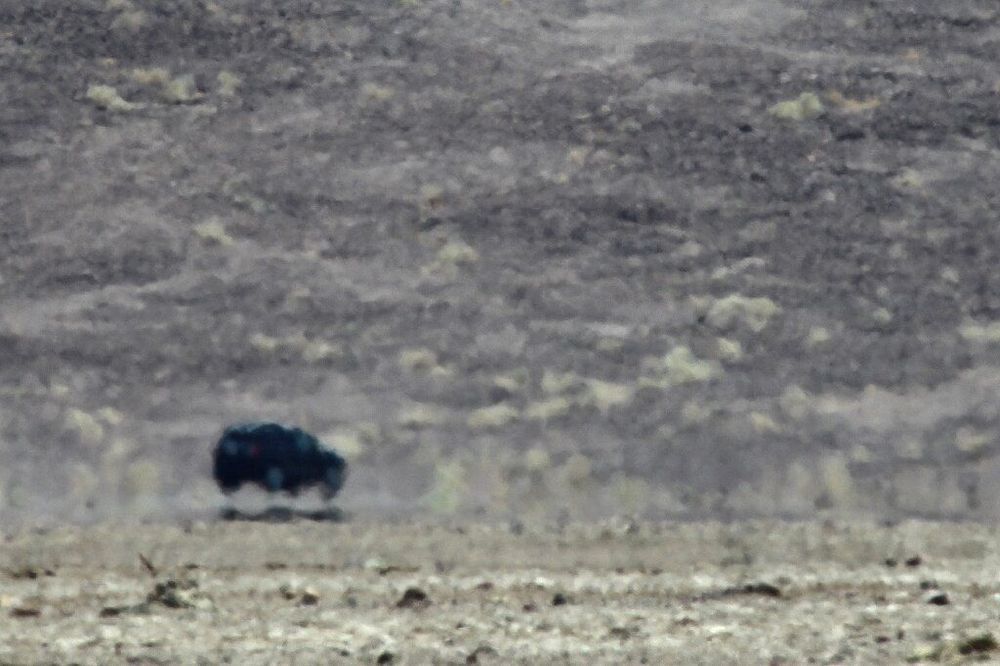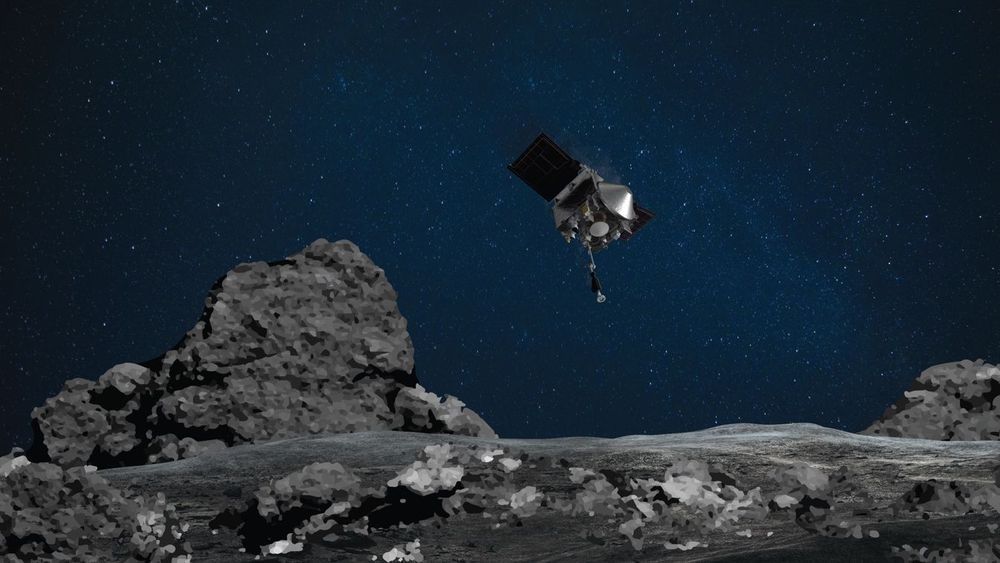Aug 17, 2020
Nazaré Blow Up — 28 October 2013 — Biggest Wave ever Surfed?
Posted by Quinn Sena in category: entertainment
https://www.youtube.com/watch?v=BmLVLB9_QNg&feature=youtu.be
Tow-in session Nazaré 28th Oct 2013
SUBSCRIBE HERE for daily XTreme videos: https://www.youtube.com/subscription_center?add_user=xtremevideo
Starring:
Carlos Burle, Sylvio Mancusi, Rodrigo Koxa, Maya Gabeira, Felipe “Gordo” Cesarano, Hugo Vau, Eric Rebiere, Pedro Scooby, Andrew Cotton and Garrett Macnamara
Shoot with Canon 7D and canon lens 300mm f.4
A film by Hélio Valentim
http://www.heliovalentim.com
Continue reading “Nazaré Blow Up — 28 October 2013 — Biggest Wave ever Surfed?” »



















